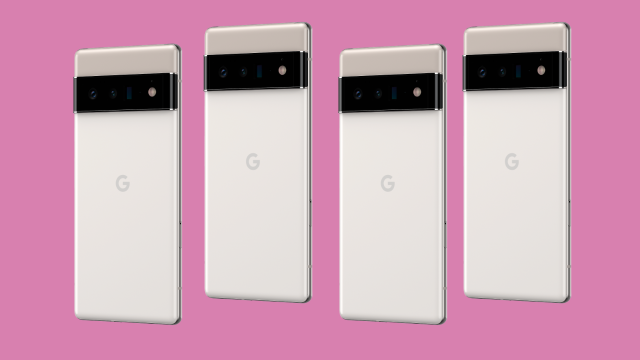If you’ve picked yourself up a Google Pixel 6 or Google Pixel 6 Pro in the last few months, you might be still navigating all of the smarts these phones pack. We’re here to help you make the most of all the features from Google, especially in the AI and camera departments.
With Android 13 here, we thought it was best to make sure you’re getting the most out of the software that came before it. Here are some tips and tricks that Pixel 6 owners should be using.
10 tips for Pixel users
1. Go full material you
As you may have noticed, Android 12 can change the colours of the operating system interface to match your current wallpaper. To take advantage of this, long press on a blank area of the Pixel 6 home screen, then choose Wallpaper & style and Wallpaper colours.
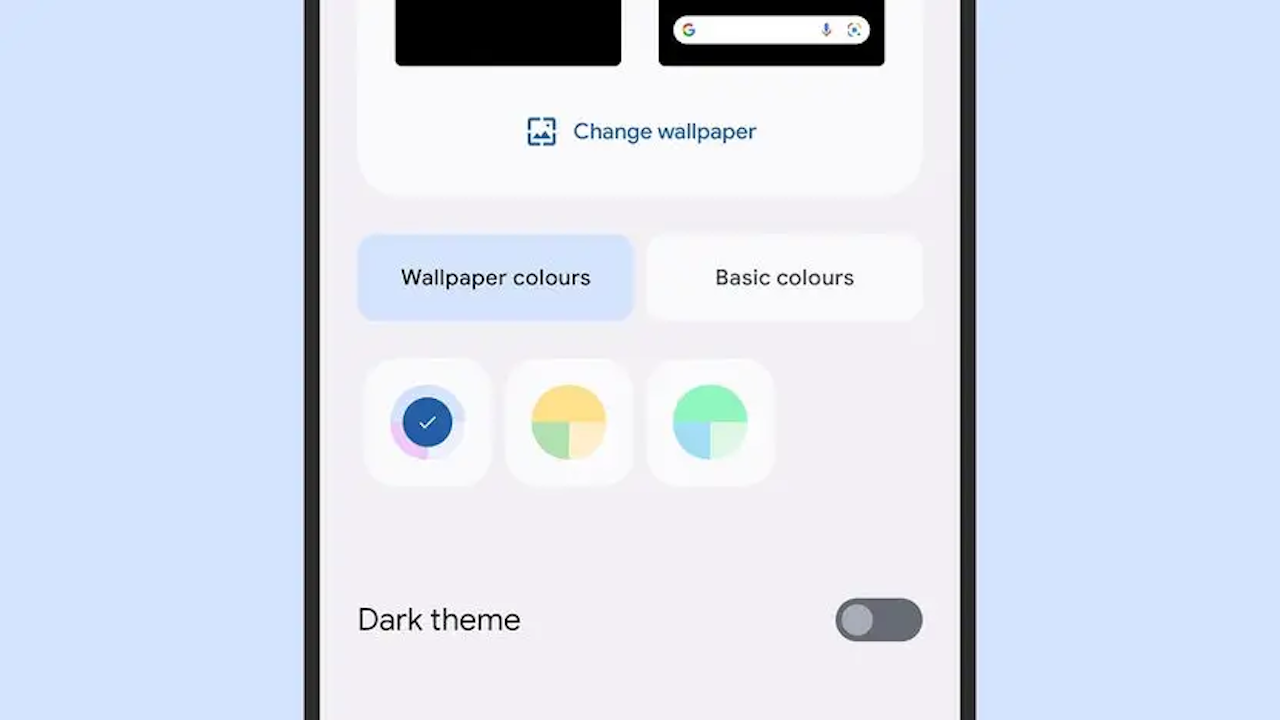
Further down is Themed icons — turn this on, and the phone attempts to skin the home screen icons to match the wallpaper and the rest of the theme, too. This typically gives mixed results, as you would expect considering it’s currently labelled as a beta feature.
2. Change up the colours
The displays on the Google Pixel 6 and the Google Pixel 6 Pro phones are impressive enough right out of the box, but you do have some options if you want to change how colours look, and it’s worth knowing what these options are, at least.
From Settings, pick Display and then Colours to see your choices, which are Natural, Boosted, and Adaptive. Go with the Adaptive option, and your smartphone will change the way that colours are displayed depending on the ambient light around it.
3. Translate languages faster than ever
Live Translate is a feature that you can use across apps on the Pixel 6, including incoming text messages and on videos recorded in a foreign language. Most of the time, it should just work when it’s needed.
You can also say, “Hey Google, turn on interpreter mode” to get the Google Assistant to translate from a foreign language as it’s spoken into the mic, which should be handy on international trips. The Tensor processor built into the Pixel 6 makes this all faster than ever before. We go into the Live Translate feature a little more in another ‘how to’ guide.
4. Create Action Pan and Long Exposure shots
The Pixel 6 comes with some clever camera tricks, including Action Pan, which keeps a moving object like a car in focus while the background is blurred, and Long Exposure, which blurs the moving object while keeping everything else in the frame sharp.
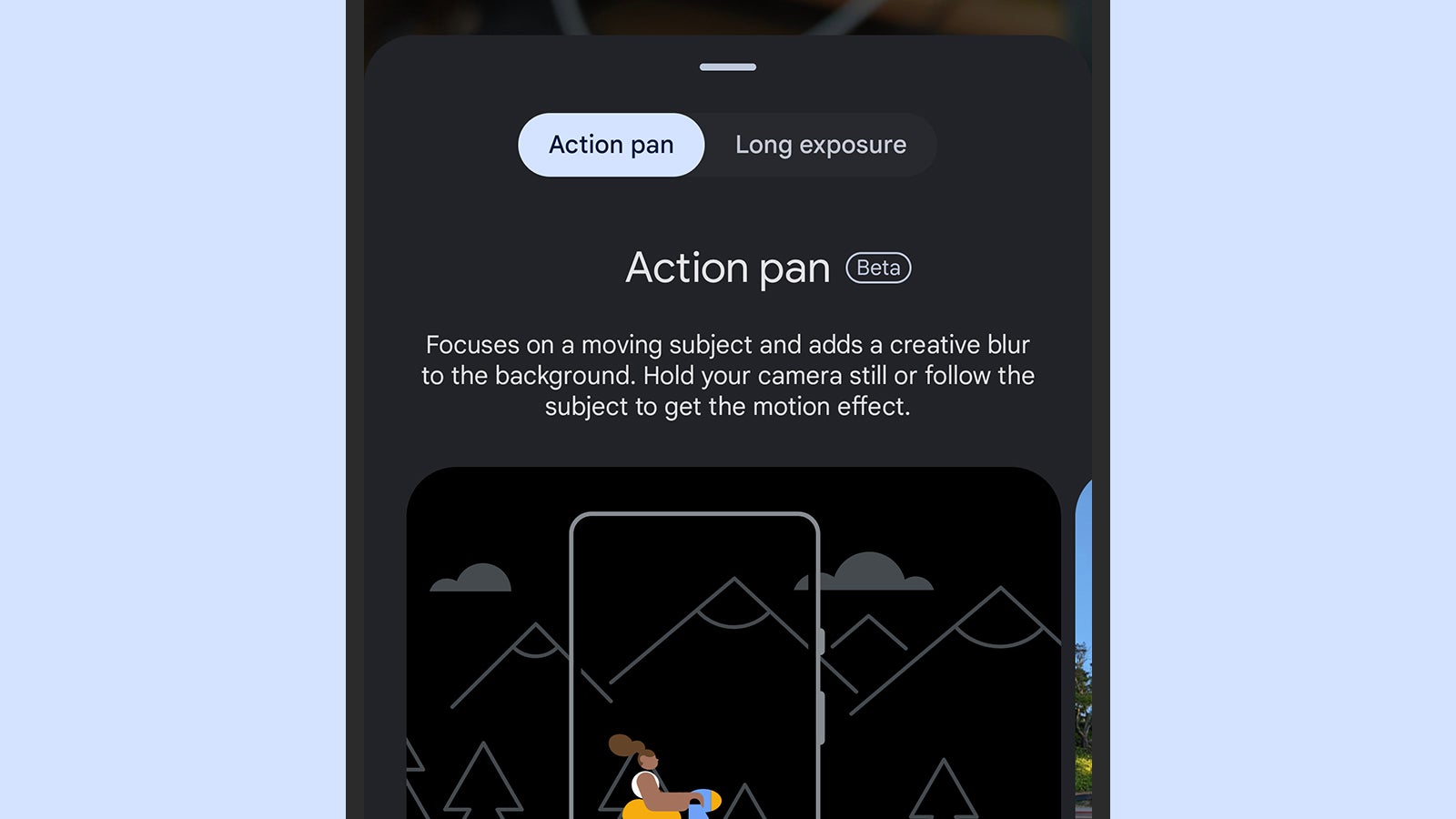
They’re really the same effect approached from different directions. To play around with these features, open the Camera app and choose Motion, then either Action pan or Long exposure. In each case you get a short tutorial explaining how the camera mode works.
5. Take control of the Power Button
With the Pixel 6, Google has changed up how the power button on the right-hand side is used, making it a shortcut for the Google Assistant rather than the actual powering on and off of the phone (I guess, technically speaking, it’s not the power button any more).
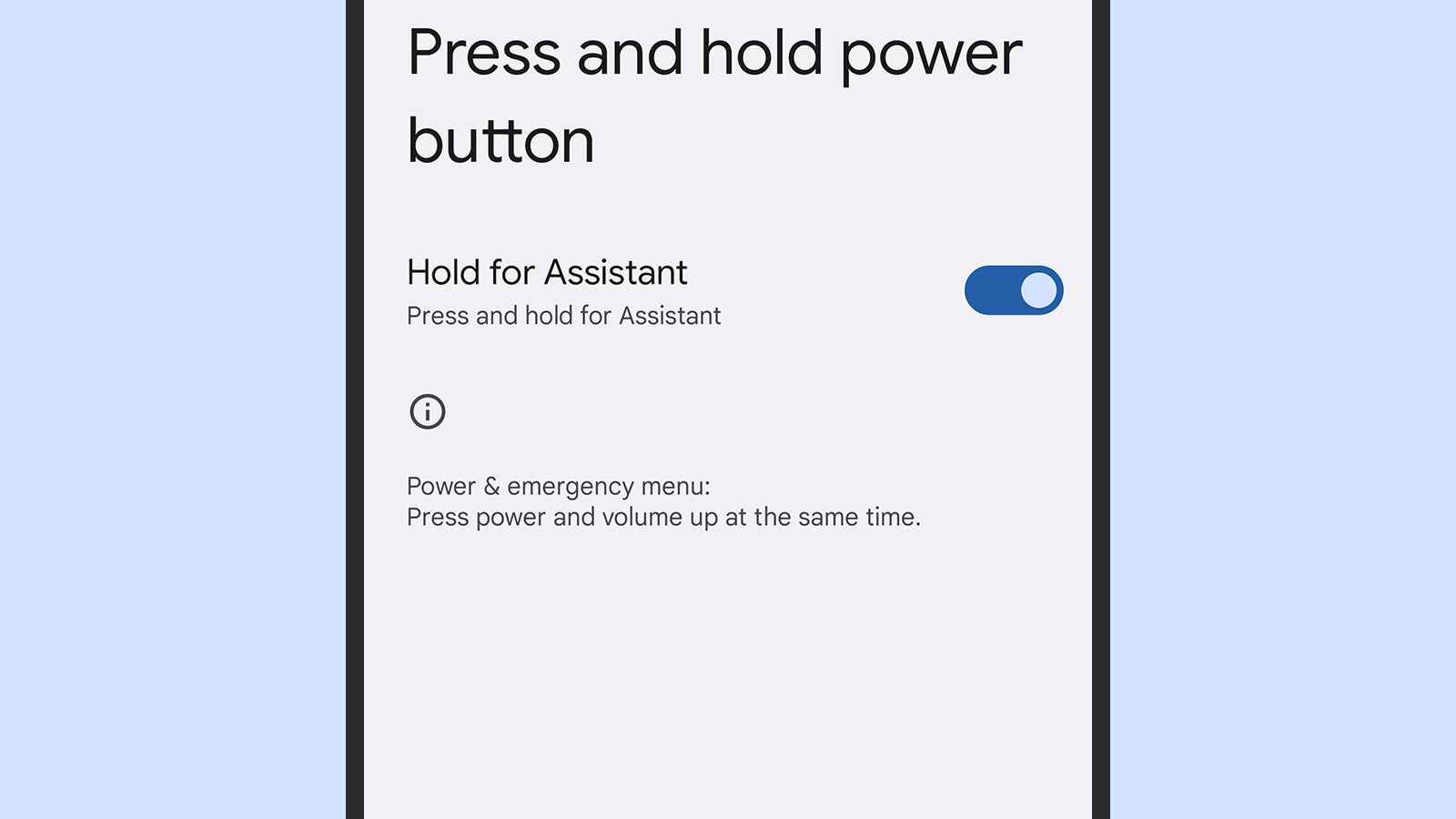
You don’t have to follow Google’s lead though. If you open Settings, then go to System, Gestures, and Press and hold power button, you can change what this action does. Bear in mind that there are various other ways of launching the Google Assistant, too.
6. An obvious Pixel tip: review your notifications
Having a history of your notifications can be really useful if you dismiss something before you’ve properly read it, or if you need to refer back to something you’ve forgotten. This feature is available on the Pixel 6, but you need to turn it on before you can start using it.
From Settings, pick Notifications and then Notification history. You can toggle the feature on or off from here, as well as see a list of recent alerts once the history has been enabled. You can see the app the notification was from, and the built-in preview of it.
7. Quickly identify what songs are playing
One of the best Pixel exclusives Google provides is the Now Playing utility, which identifies songs as they’re played, Shazam-style, without you having to open an app or make a request. With its new Tensor chip, the Pixel 6 should be able to return results very quickly.
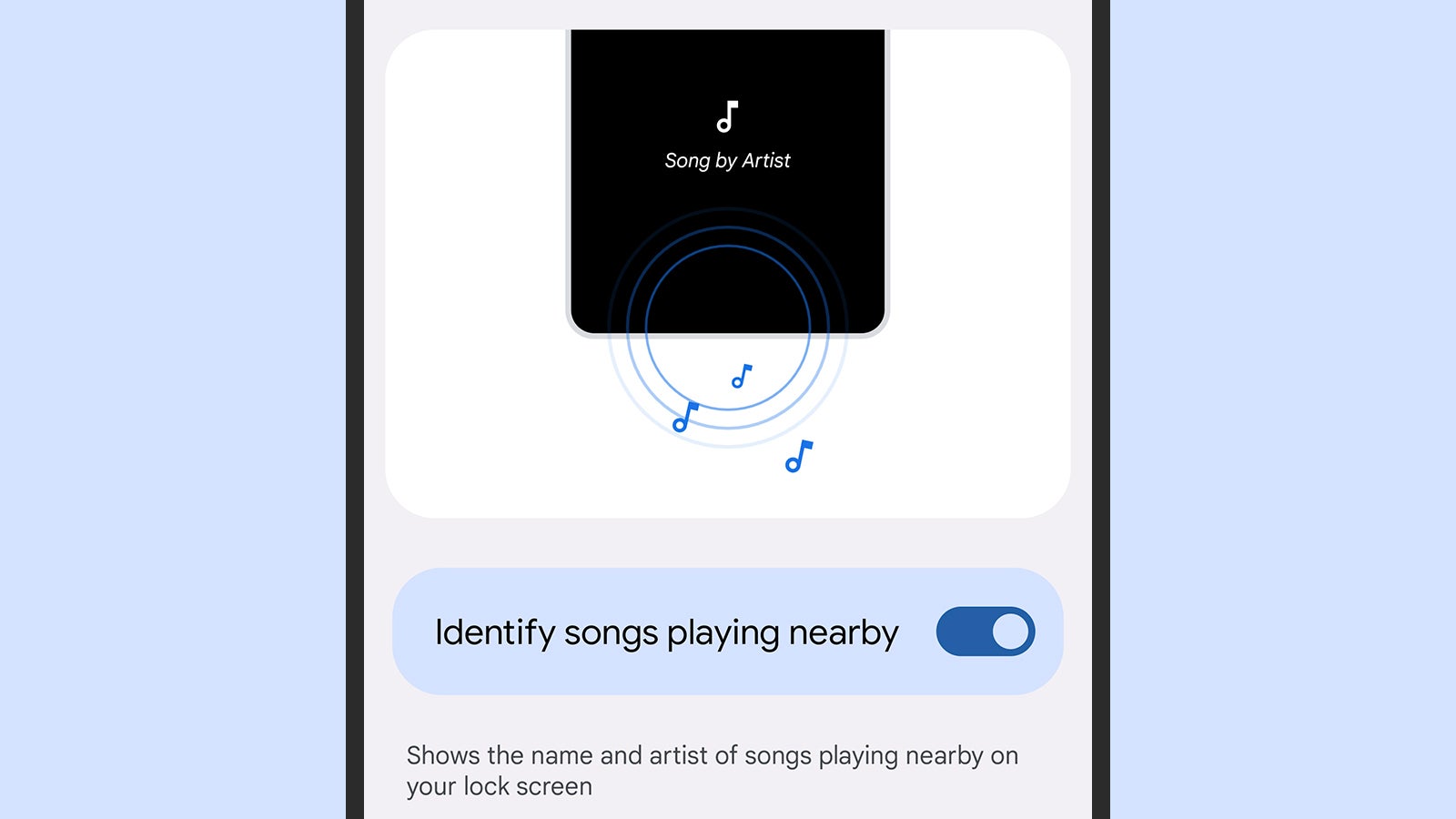
To make sure Now Playing is enabled for your Pixel 6, open up Settings and choose Display, Lock screen, and Now playing. You can enable or disable the feature from here, set up Now Playing notifications, and choose whether or not to keep a history of songs.
8. Check the Security Hub
With Android 12 on the Pixel 6, every security setting and feature is organised into one central Security Hub that you can access by choosing Security from Settings. It covers everything from biometric security logins to the Find My Device tracking feature.
Select Google Play Protect to make sure that recently installed apps have been given the all-clear, or choose Suspicious message alerts to make sure you’re getting warnings about dodgy incoming SMSes. If something untoward happens, there’ll be an alert here.
9. Make Auto-Rotate work smarter
Auto-rotate lets you enjoy movies and shows in landscape mode while social media apps can switch back to portrait, but your smartphone doesn’t always get it right when it comes to knowing which way you’re holding it.
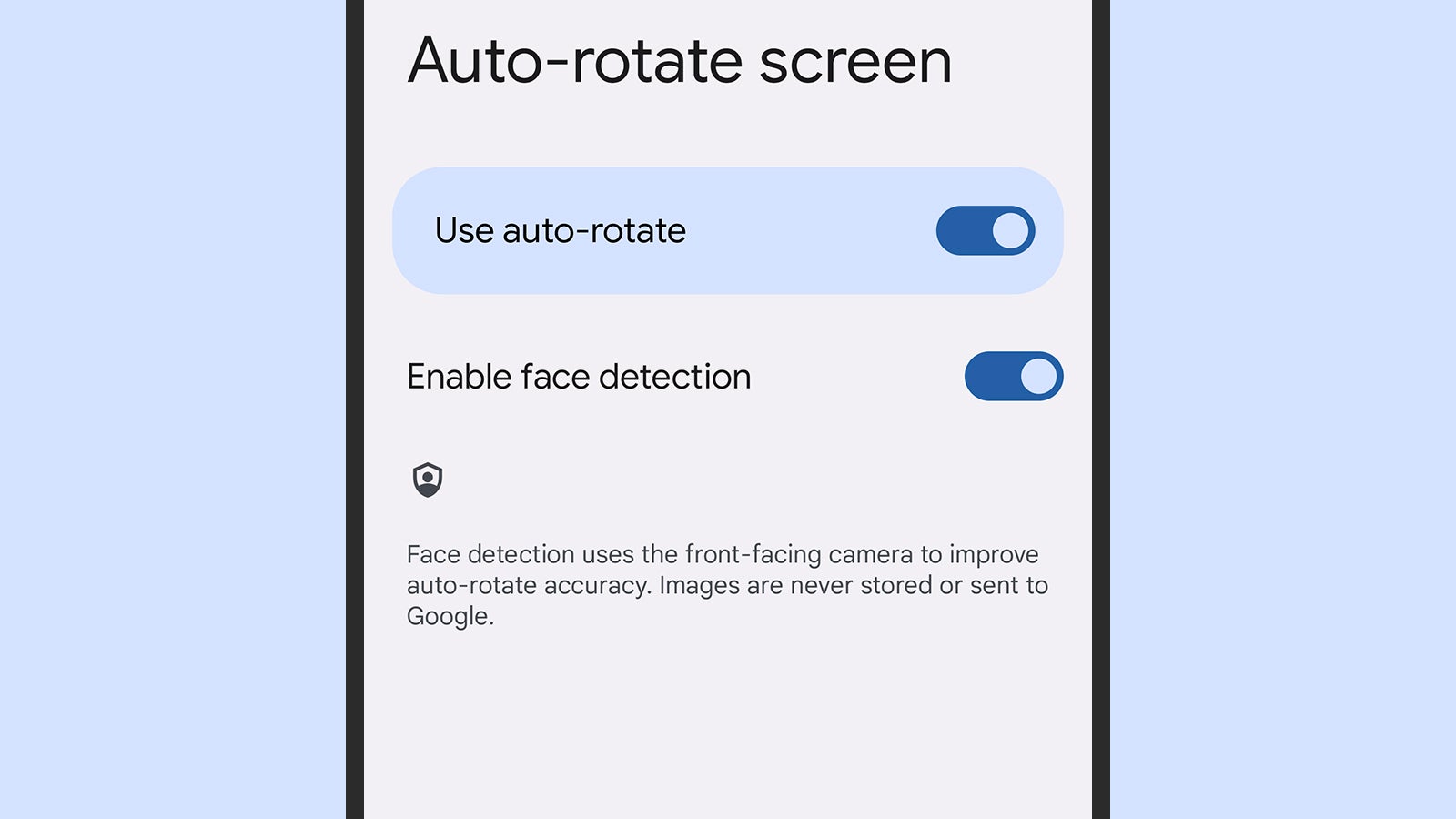
From Settings on your Pixel 6, choose Display and Auto-rotate screen, and make sure Enable face detection is turned on. The feature utilises the front-facing camera to figure out how you’re looking at your phone and which way up the display should actually be.
10. Last Pixel tip: set up a Quick Tap shortcut
You can double-tap the back of your Pixel 6 to take a screenshot, launch Google Assistant, play or pause media playback, see the recent apps list, show recent notifications, or launch an app of your choosing. It’s a handy shortcut and one worth setting up.
From the main Pixel 6 Settings screen, pick System, Gestures, and Quick Tap. The subsequent screen lets you turn Quick Tap on or off, and customise what the shortcut actually does. You can set the strength of taps needed to activate the feature from the same screen.
This article has been updated since it was first published.
